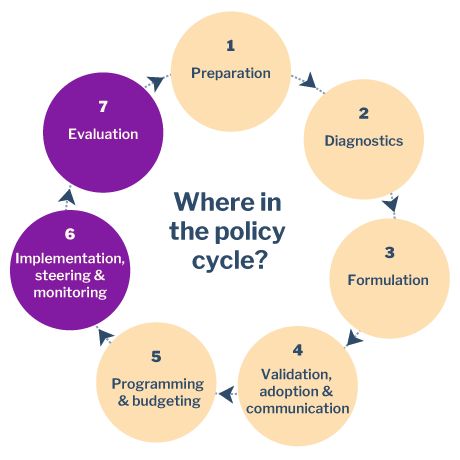Type of nudge: transparency, correct for bias
Also: Achieve diversity, transform expectations of women and inspire girls

Research shows that women are not as likely as men to enter a competitive environment and are also less likely to nominate themselves for promotions. This is one contributor to the gender pay gap between men and women. When Google started recognizing that women were not nominating themselves for promotions as often as the men around them, they invented a small and simple nudge. That nudge was a straightforward email reminding employees to apply for promotions, while first describing two studies: one finding that girls are less likely to raise their hands than boys to answer a math questions, even though they have a higher rate of accuracy when they do; and the other that men are more likely to offer ideas in business meetings, even though observers say female thoughts are often better than the many offered by their male colleagues.
Every time the e-mail reminder was sent, female promotion rates climbed. When the manager in charge of sending the email forgot on one occasion, the number of female applicants dropped sharply. This shows that just by simply presenting information and being transparent to employees, Google was able to encourage women to put themselves forward.
Where in the policy cycle can this approach be used?

Potential for change
If a simple email can encourage women to self-nominate for promotions, what else can this mix of transparency and prompting achieve? By reminding women that research shows they are less likely to put themselves forward, and providing the overt opportunity to do so, we can overcome a barrier to equal participation. How else could this nudge be used to contribute to closing the Pay Gap and to getting more women in leadership positions?
Sources
Kang, Cecilia (2014) Google data-mines its approach to promoting women ![]() .
.
Bohnet, I. (2016). What Works, Gender Equality by Design. Cambridge, Massachusetts: The Belknap Press of Harvard University Press.